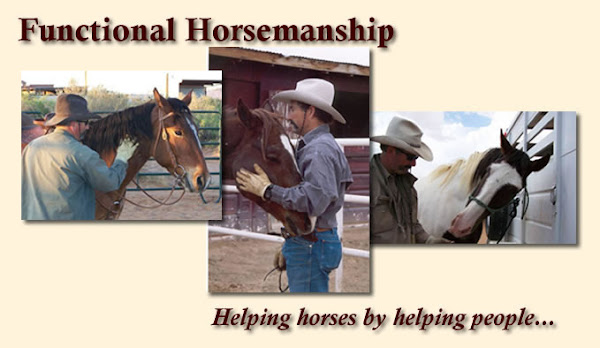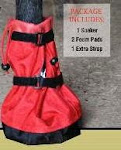A friend of mine, retired Army Sergeant Major Kyle Lamb, who had a distinguished career with what the public know as Delta Force, wrote a book called "Leadership in the Shadows". I couldn't reading that book in the lens of what I wish I knew 30 and 40 years ago, and, also through the backdrop lens relationships with all the horses I have had since then. Kyle makes several great points in his book which directly relates to the successful horseman or horsewoman.
I have often been asked by my former bosses (in a Federal Law Enforcement Agency) how to develop subordinates, and what a unit leadership course would look like. Right off the bat, defining Leadership is much like trying to define Soft Feel in handling and riding horses...you can spend decades pondering both, and both will mean different things to most people, but when we see good leadership or someone riding with Soft Feel, we know it. So, most often my replies were the leadership (of people) were likely best drawn from experience and developing job related competencies, studying the best traits of your most respected leaders, and recognizing the worst traits in your bad leaders. Kyle points out something similar when he wrote "Believe it or not, I learned almost as much from those weak leaders as I did from the great leaders." I think this relates to what several horsemanship clinicians likely mean when they say they can learn something from anyone. Circling back, it does seem like leadership has a lot to do with horsemanship.
One of Kyle's points is you may be a bad leader and still enjoy some success by having some really good people underneath you performing inspite of you. This reminds me that many horses fill in for a lack of guidance, bad handling or just a lack of fair leadership from their handler or rider. It's not wise to count on the horse doing so, but it happens, as we all kmow that when faced without guidance the horse will go his own way as this is survial instinct.
Another point in the book relates to truly great leaders not having to elevate their own importance but instead rely on the performance or the product of their endeavors. To me this relates to not putting much stock in what others say about you, but instead take guidance of those you respect and have the knowledge and experience to give you help and guidance, and, this point also directly points to the old horsemanship adage about "show me the horse and I'll tell you about the owner."
Kyle has a Chapter early in the book, titled "What is your word?" which basically becomes an exercise in self introspection about what is the most important leadershp trait to you. Exchange the word "leadership" with "horsemanship" and now you could cast about trying on different words. In fact, you really don't need to exchange leadership with horsemanship, since what we are trying to achieve with the horse cannot be accomplished unless the horse sees the handler/rider as the leader, and more specific, see's the rider as a fair leader. The true searching comes from defining what each trait means to you. Likely some of the best horsemen would decide on 'patience' as the most important trait. To me patience means several things.....'recognizing the smallest change in the horse'; 'waiting on the horse to understand what you asking of him - that means giving the horse time to understand'; and, having the patience to understand that it takes years to build the horse you want.
What may be useful about thinking about these traits is to see for yourself how you incorporate or perform the most important trait or traits, and maybe even more important is to recognize how or what you need to do to improve. And I just don't think it's a one time process. It's sometime we should likely revisit on a near constant basis.
By the way, Kyle points out how he pondered his word (his most important leadership trait) for a long time until he decided that his word was "credibility". He points out that you are not born with credibiity,....you must earn it by performing on a daily basis. That the leader builds credibility by being accountable to his/her people......just as how we are accountable to our horses, or should be. I have been told by military and law enforcement leraders that one'ssubordinates all need to be treated the same. I always disagreed. People (and horses) are different. You would not violate anything by treating them all different as a situation dictates, as long as that treatment was fair.
My word was "balance". I tried on different words identifying leadership traits, and that word - balance - seemed to fit best, although many other words describing traits were importqnt as well. To me Balance it means balancing or understanding the many needs, among them the needs of the horse to feel secure, treated fair, given time to understand what we are asking, and the needs of the rider to establish effective communications in order to accomplish the things he or she want to do on horseback.
Despite doing our best to utilize clear and fair communications through signals such as body language, feel on the lead rope or reins, cues with our seat and legs, if we are not the leader the horse needs we are being unfair to the horse and us both. One of the things humans do that I believe pushes them away from being a more effective leader, is assigning human nature to the horse. Ths puts artifical limitations on us and the horse, and often leads to creating excuses for both of us to justify behavior. I am planning on addressing that later as it was a big topic at a recent clinic.
I hope I'm making sense here. I sometimes use this forum to juggle my thoughts and practices, and put them in more a useable form. Sometimes it is not apparent that we could do better as leaders because the horse just fills in for us. That leads me to believe that the horse's leadership word is patience.
























